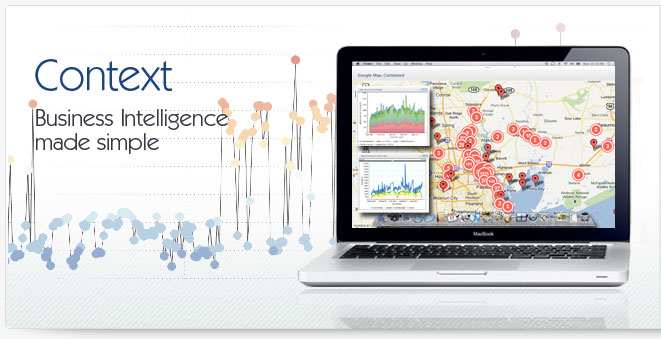Cognos Business Intelligence
Cognos business intelligence software is one of the pioneers of the BI arena. The current release is cognos 8 business intelligence, a collection of products now owned by IBM that provides business intelligence solutions for primarily large organizations. Over the years, cognos business intelligence solutions have grown in features as well as in popularity as large organizations with large budgets and big IT staffs were able to afford the challenges associated with cognos business intelligence implementations. The latest release, cognos 8 business intelligence software, is actually an amalgamation of products from both cognos and other providers that IBM has united using an enterprise service bus architecture. Like cognos, business objects is one of the other key pioneers of enterprise-business intelligence, and like cognos, business objects also uses an enterprise service bus architecture to tie multiple products together.
Advantages of Cognos Business Intelligence
The advantages of any cognos business intelligence solution are always associated with the richness of functionality and the breadth of features. Two factors account for this, one is the fact that cognos 8 business intelligence is, as the name implies, in it's 8th iteration of development - giving cognos an opportunity to enrich the feature set based on market requirements. The other reason, however, has to do with acquisitions and the merging of technologies from disparate organizations into a single solution. This unification of cognos business intelligence products using an enterprise service bus (ESB) is quite common and also used by business objects. Using an ESB to "unify" products, however, also poses challenges that cognos business intelligence software has had to deal with as they begin to focus more on selling cognos business intelligence to divisions within enterprises and sub-enterprise organizations.
Disadvantages of Cognos Business Intelligence
Cognos business intelligence, like products from business objects, also have a number of disadvantages. Chief among them is complexity. Cognos business intelligence software is difficult to deploy, setup and maintain. Cognos business intelligence products have also gained a reputation as being difficult to use due to the use of the ESB architecture. With multiple moving parts, locally deployed software and other technical challenges, cognos business intelligence products have had a much harder time gaining acceptance in sub-enterprise deployments. Cognos business intelligence solutions have also not been accepted very eagerly in departmental or divisional deployments were cognos business intelligence advantages are offset by the high IT requirements placed by cognos business intelligence products.
Alternatives to Cognos Business Intelligence
There are a number of alternatives to cognos business intelligence software, especially with regards to software for sub-enterprise organizations or departments and divisions within an enterprise. Companies like EMANIO provide software solutions like cognos business intelligence that provide the benefits of BI software without the drawbacks associated with cognos business intelligence. Unlike cognos business intelligence, these companies provide solutions that are easy to install, easy to manage and are centralized - bypassing the problematic ESB approach. These cognos business intelligence alternatives are beginning to make significant inroads in areas where cognos and business objects have traditionally had problems.
Deploying Cognos Business Intelligence
When deploying cognos business intelligence solutions there are a number of issues to consider. Chief among them are the problem of resources and training. Resources will be needed because of cognos business intelligence's propensity for a large number of modules, local applications to install and manage and the multitude of interfaces that a cognos business intelligence solution entails. This latter aspect also creates a challenge with training. A cognos business intelligence product will invariably require more training and a longer deployment time than new alternatives.
|



